Buy or gift a stand-alone digital subscription and get unlimited access to dozens of back issues for just £18.99 / $18.99 a year.
Please register at www.exacteditions.com/digital/cornucopia with your subscriber account number or contact subscriptions@cornucopia.net
Buy a digital subscription Go to the Digital EditionSurrounded by an abandoned industrial wasteland on the Golden Horn, the Aynalıkavak Kasrı is a gem of the 18th-century Tulip Period
Warehouses, dry docks and the beating of hammers are what the northern side of the Golden Horn was all about. In the 19th century the shore became one giant naval shipyard. So it is something of a miracle that up on the hill where Mehmed the Conqueror planted 12,000 cypress trees beyond the old cemeteries, hidden away in one of Istanbul’s least prepossessing neighbourhoods, is a walled garden surrounding a dream of a kiosk – a favourite of many sultans.
Aynalıkavak was conceived as an imperial pleasure palace, and has been associated with happy times in the lives of successive sultans. A historian once ranked it fourth in the rollcall of Ottoman palaces, but today few visitors call at Aynalıkavak Kasrı, literally the Pavilion of he Mirrored Poplar, as the kiosk is known. Thirty-foot walls separate it from the now abandoned naval docks and a scruffy neighbourhood of apartments and workshops. But in 2011, after decades under restoration, it was unlocked. Its garden is a little more kempt, if less romantic, than of old. Gone are the wilderness and the nesting woodcock that would fly out in alarm if anyone approached.
The palace is a good reason to hop off the boat at Hasköy, next to the Koç Museum, with its quietly smart restaurants (the other reason to venture here). You could walk from the boat station, but taxis and the Hasköy–Kasımpaşa dolmuş ply the route at speed, and it is just a 10-minute cab ride from Beyoğlu.
The late garden historian John Drake was passionate about the palace. The Getty-funded report he helped to produce wrote of the vineyards and gardens of the Byzantine emperors, of Mehmed the Conqueror’s shipyard, and of houw the hillside leading up to the Okmeydan, the famous archery ground, became ‘the Shipyard Imperial Gardens’ when Mehmed ordered the creation of a series of kioks and embellishments. Annexes, courtyards, halls, hamams and fountains continued to be added along the shore until it must have looked strikingly similar to the Topkapı Palace.
At the start of the 17th century, Ahmed I, builder of the Blue Mosque, asked for a kiosk to be readied there, as he liked to pass this way on his walk to Eyüp. In 1614 he ordered a flower garden to be created. His viziers made him gifts of rare bulbs… In 1647 Sultan Ibrahim, who became a little too attached to his harem, had the high harem walls pulled down for a better view of the Golden Horn and decreed that no boats should pass – a law that was overturned with a week as impracticable. His son Mehmet IV, ‘the Hunter’, who was not easily tempted back to Istanbul, spent two years rebuilding the palace after a narrow escape from fire in 1677…
In his 40-year career, Sinan (1489–1588) transformed the Istanbul skyline. Here we explore three of the chief imperial architect’s masterpieces from the golden age of Süleyman the Magnificent. Photographs by Fritz von der Schulenburg
Justinian’s soaring edifice inspires the same awe today as it did in visitors a millennium ago who wondered if this were Heaven or Earth. Setting out on a tour of the city’s best-preserved Byzantine churches, Robert Ousterhout still senses an air of the miraculous in Ayasofya
The long-awaited Naval Museum has many wonders to reveal, but nothing to compare with the fabulously ornate imperial barges
From a trusty staple to the stuff of feasts, beans are at the very heart of Turkish cuisine. How did we ever live without them?
In a vivid, impressionistic portrait of the Byzantine city, Robert Ousterhout uncovers the history of Byzantium in ten objects, explores the soaring edifice of Ayasofya and picks four of the city’s most inspiring smaller churches.
Take in the Topkapı, where the sultans held sway in secluded grandeur. Saunter round Sultanahmet and the Hippodrome: make the most of the mosques, monuments and museums. Get the buzz of the bazaar: where to snap up covetable collectables and cheerful bargains
Deep in the industrial outskirts of Istanbul, Griselda Warr enters an Aladdin’s cave of Anatolian treasures. Photographs by Fritz von der Schulenburg
AyşeDeniz Gökçin’s musical creations combine the rock-star appeal of Franz Liszt and the psychedelic/progressive brilliance of the band Pink Floyd. Tony Barrell found this prodigiously talented young pianist a force to be reckoned with. Photograph by Charles Hopkinson
John Carswell solves the mystery of the ‘lemon squeezer’ that wasn’t
In a decade of monitoring Turkey’s burgeoning wine industry, Kevin Gould has never been more impressed. He and the Cornucopia tasting team enthusiastically sampled this year’s top bottles and nominated their favourites
It is a joy to explore. New universities, a new museum, and a growing band of new aficionados who have invested modest means in old houses, have created a wonderful sense of optimism. But the ancient waterfront is in the eye of the storm, with many quarters due to be bulldozed and the threat of a hideous new marina. Enjoy it while you can
Give yourself over to the grit and bustle of Eminönü’s waterside markets, then ascend to Sinan’s sublime hilltop mosques – the awesome Süleymaniye and the haunting Şehzade. In their shadow is the exuberantly tiles Rüstem Pasha Mosque. Cornucopia devotes 24 pages to this vibrant area, with features on Eminönü and the Suleymaniye district with photographs by Jürgen Frank, and a guide to the mosques beautifully depicted by Fritz von der Schulenburg
Within the deepest reaches of the palace lies the very seat of the sultans’ power
The Grand Bazaar: From Iznik to Armani, objets d’art to handloomed carpets: the choice is yours
When David Wheeler set out to satisfy his craving to explore Turkish gardens, he was guided by a diverse cast of committed Istanbul citizens. What he discovered were myriad horticultural havens, from Byzantine market gardens to Ottoman cemeteries – many of them under imminent threat.
SPECIAL OFFER: order five beautiful garden-themed issues, including this one, for only £80. List price £122
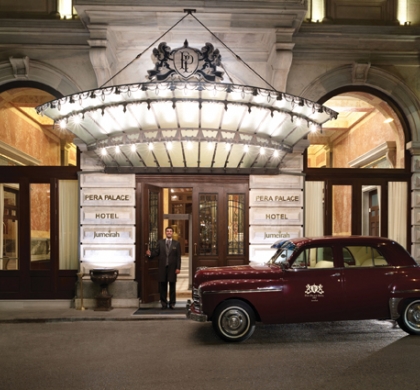
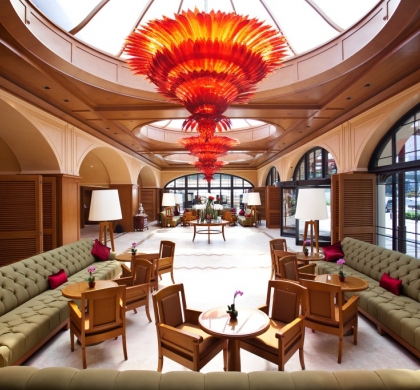
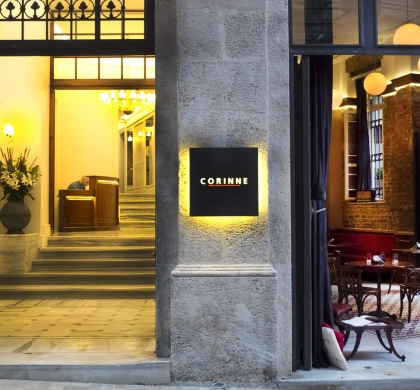
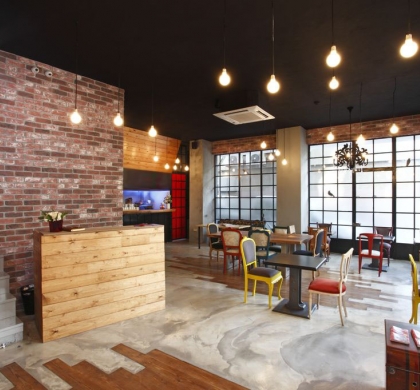

Edited by Nevzat Atlig

Bezmärä Ensemble
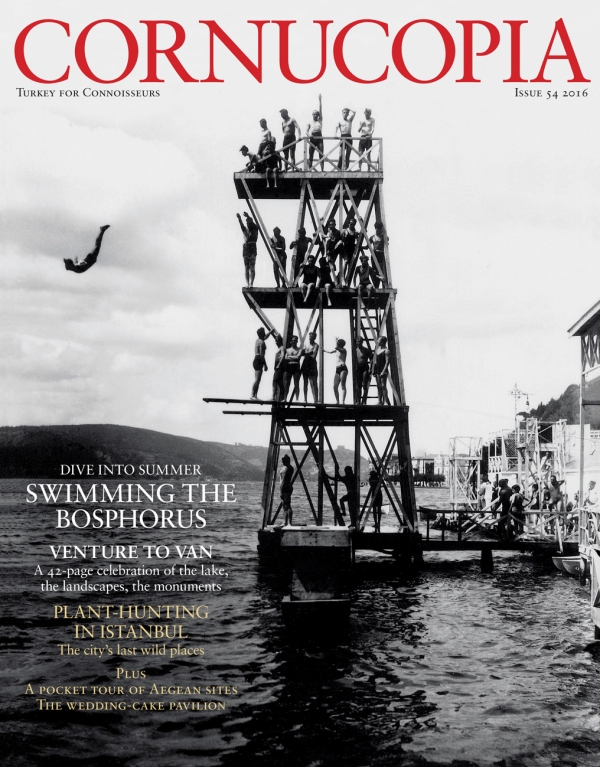
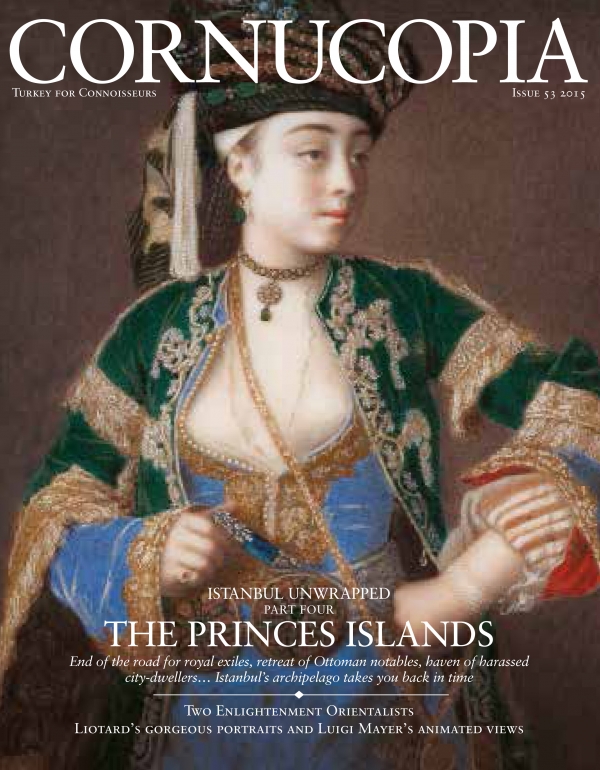
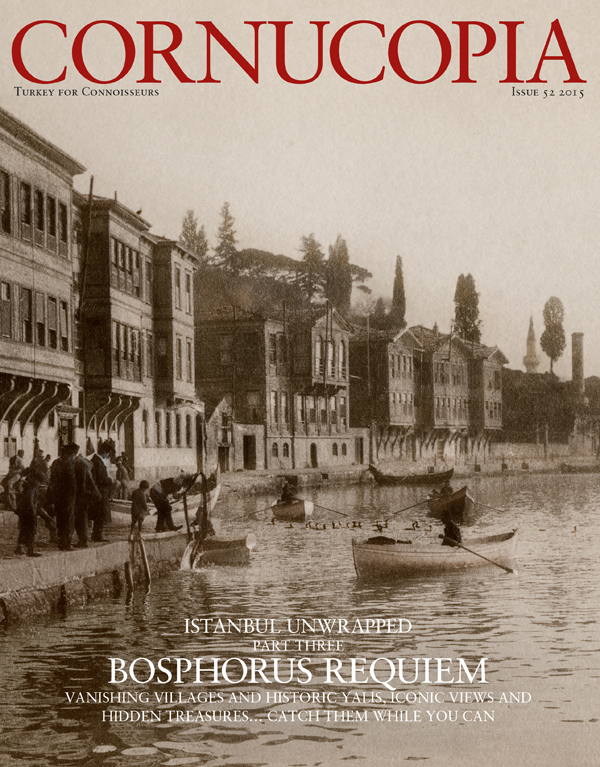
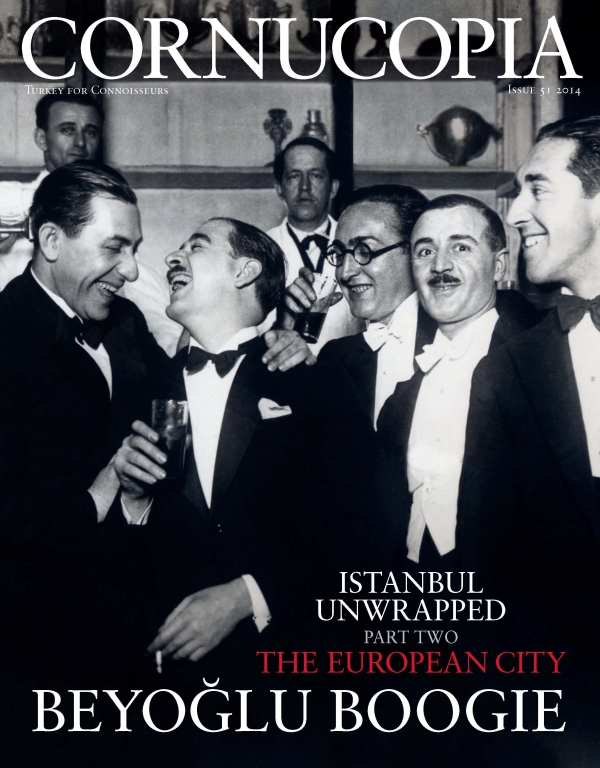
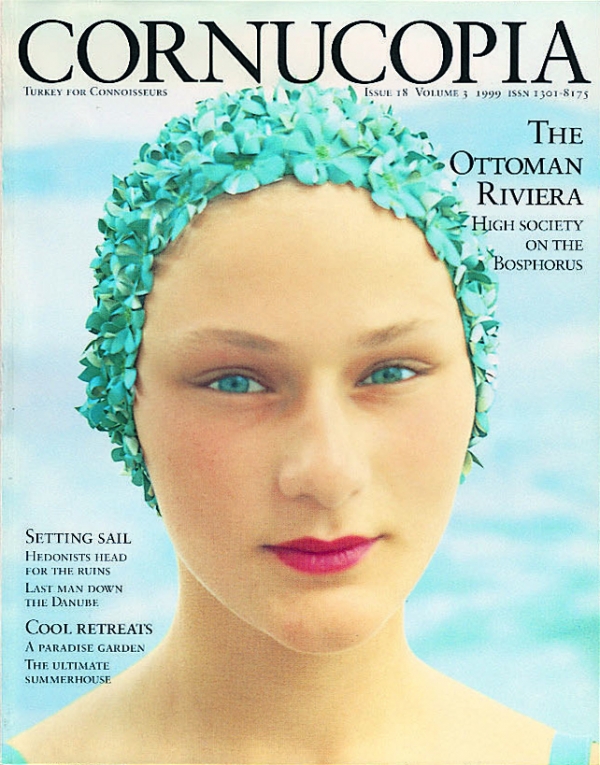

Cornucopia works in partnership with the digital publishing platform Exact Editions to offer individual and institutional subscribers unlimited access to a searchable archive of fascinating back issues and every newly published issue. The digital edition of Cornucopia is available cross-platform on web, iOS and Android and offers a comprehensive search function, allowing the title’s cultural content to be delved into at the touch of a button.
Digital Subscription: £18.99 / $18.99 (1 year)
Subscribe now